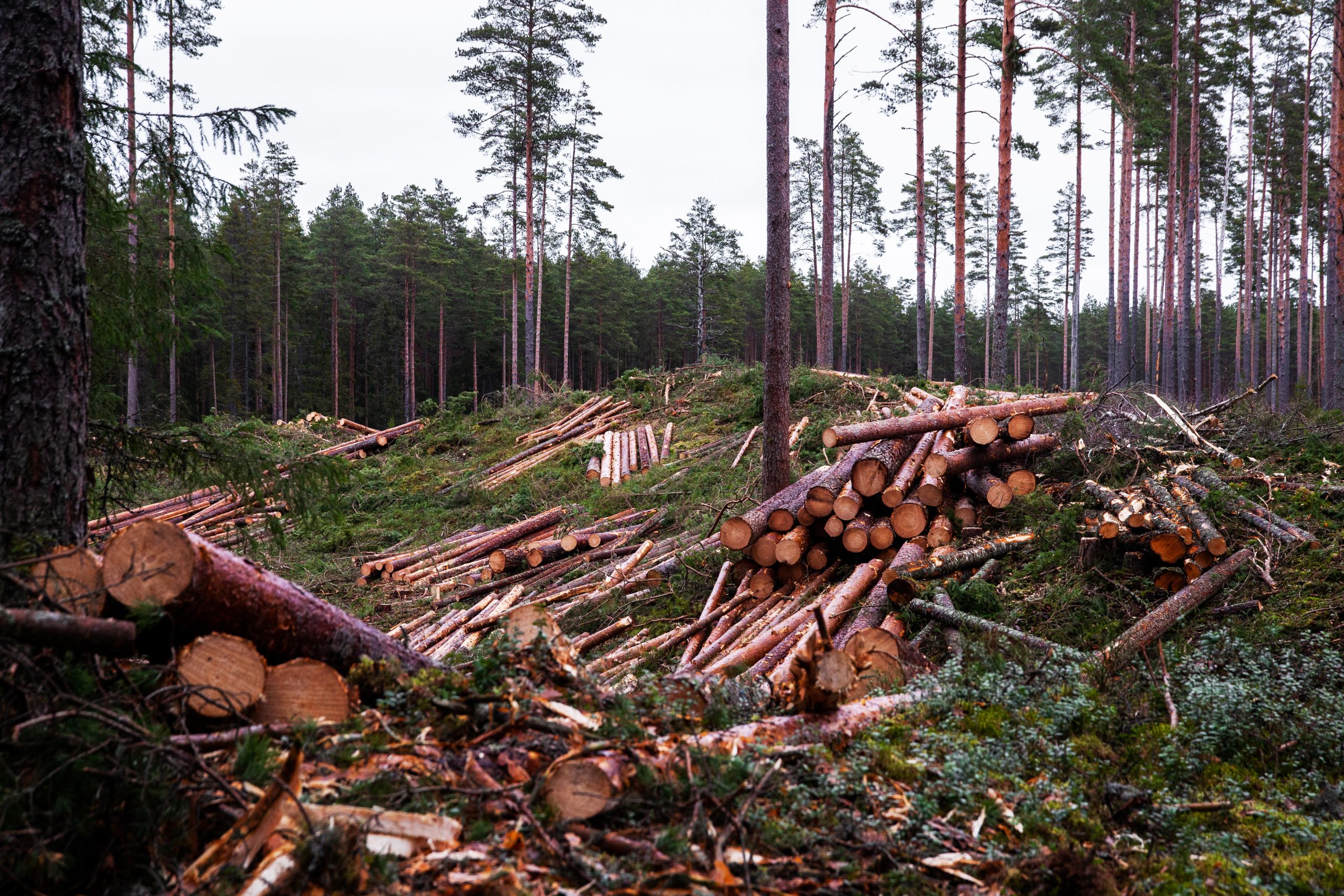Management models of northern native forests
As people grow more environmentally concerned, particularly in the Western world, a shift from a fossil to a bio-based economy has begun. To accelerate the deployment of a sustainable bioeconomy, the European Union has developed its own bioeconomy strategy. In addition, nine EU nations have created their own national bioeconomy strategies.
Forest-related products and materials are an excellent substitute for many applications that have historically employed non-sustainable resources and biobased products are increasingly utilised across the industries. This development puts further strain on the use of forests and its timber reserves. There are already a wide range of forest management strategies that take sustainability in consideration, and practices are further improving to reach a more sustainable and efficient future regarding forest management.
Different models for different needs
The competition of biomass has increased due to both increased usage of biomass across industries and on the other hand uncertain access to biomass due to restrictive regulations. Even though wood is a renewable resource, there are a finite number of forests. Due to environmental changes, the risk of forest fires, floods, and pests are rising in forests located further north than before. Forest management has evolved significantly over the decades to maximise the utilisation of the various components of a tree while also managing forests to foster both sustainability and biodiversity, allowing for a transition away from fossil resources and toward biomass-based resources where possible.
There are several ways to manage the cutting and thinning of forests to meet needs and demands. One may opt for a rotation model, whilst another may prefer a continuous cover.
Depending on one’s needs, multiple thinning techniques exist within the various forest management approaches. In rotation forestry, the length of the rotation may be altered by selecting the appropriate thinning method. With high thinning, for instance, you may increase the rotation length while managing the forest and earn income from timber trading prior to final felling. Low thinning is more suitable for younger forests, for harvesting energy and pulp wood, giving other trees more room to grow to logs and storing more carbon dioxide.
For the best forest management result, the right model for each needs to be selected. At the end of a rotation, even a clearcut does not affect the forest biodiversity negatively if done correctly. The forest should not be clearcut too heavily and not too many clearcuts on a larger area. A smaller clearcut in respect to a larger area can increase the biodiversity overall since there are species that lives on clear cut areas and not in mature forests.
Continuous cover under debate
Continuous cover is one of the more recent forest management models in which the forest stands are kept in an irregular structure, and it may be suitable for those who, for instance, wish to preserve esthetical landscape values. The argument that it preserves biodiversity better and is more sustainable than clearcutting is not completely valid because if clearcutting is done correctly, and not to a too large area, can increase the biodiversity of a larger area.
Whether continuous cover is superior to rotation forestry is a widely discussed topic. It has the theoretical potential, for instance, to reduce the need for ditching in peatland forests where the water table must be maintained. Moreover, if the area is clear cut and not ditched, the water table will rise and affect the stand growth negatively.
Choice of forest management model
Several factors influence whether continuous cover or rotation forestry is preferred. Due to the regulations in northern native forests, it leaves the option for the forest owners to largely select the forest management model.
In contrast to plantation forests, forest ownership in northern native forests is decentralised, allowing for greater flexibility in choosing the optimal management method for a specific forest area. This is also leaves room for improving forest management practices, which are already exhibiting positive progress in terms of efficiency and sustainability.
In the end, it all comes down to advancing the bioeconomy, which addresses both economic and environmental issues. The target is to enable everyone to utilise forest-related products now and in the future while taking environmental concerns into account.
More research and innovation are required to maximise the efficiency and utilisation of forest assets in a sustainable manner when shifting away from fossil-based materials.
On the author: Martin Karlsson, Analyst Trainee. Martin holds a bachelor’s degree in Economics and Business Administration and is currently studying for a master’s degree at Hanken School of Economics. He also studies for a master’s degree in Forestry at the University of Helsinki.
Vision Hunters provides strategic advisory services for the forest and bio-based industries, and energy sectors. We assist leadership teams in making the smartest strategic choices to improve the outcome of their company in the future. We are highly experienced and result-oriented and have advised many of the leading companies in our industry.
